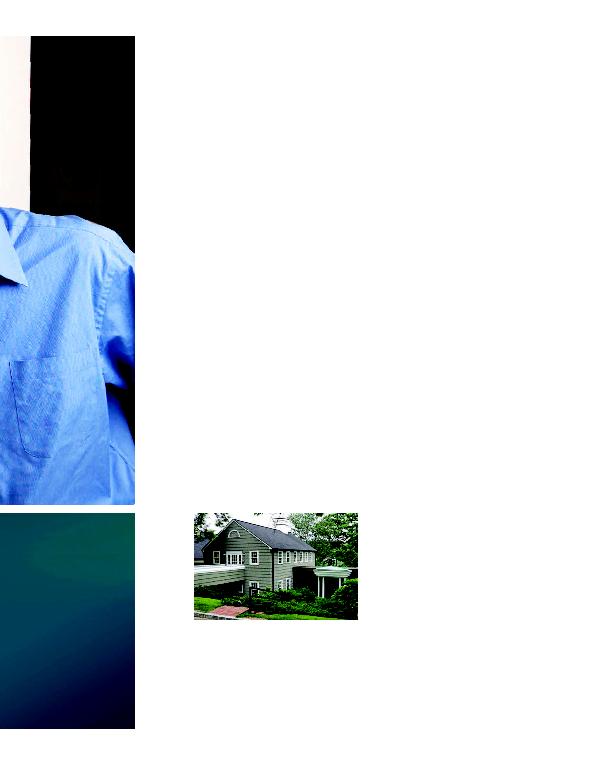
July and, like a sous-chef
teaching assistants have prepped the
laboratory tables with the materials
needed for the day's experiments.
Months of groundwork have gone into
this moment, preparing course modules
and transforming an empty lab in Cold
Spring Harbor, New York, to one that
will house the latest in yeast-related
research. It is a brief moment of calm
before the 16 students arrive to begin
what will be an intensive, three-week
yeast genetics and genomics.
bread rise, or the catalyst for the fer-
menting process of their home brew.
But for this select group of scientists
and researchers, yeast--specifically,
key to research that has implications
for understanding the functions of
human cells and genomes.
faculty has helped lead this seminal
course in yeast genetics and genomics,
which has attracted many of the
world's outstanding yeast geneticists
and molecular biologists, whether as
teachers or students, since the course's
inception in 1970.
compendium of the "giants of yeast
biology," including 2013 Nobel laure-
ates Randy W. Schekman, PhD, and
James E. Rothman, PhD; award-
winning geneticists; and those who
have had major influences in the fields
of biology and microbiology, says
Marc R. Gartenberg, PhD, professor of
biochemistry and molecular biology
and director, Graduate Program in
Cellular and Molecular Pharmacology,
at the medical school.
things happen there," he says.
(above), professor of
director, Graduate Program in
Cellular and Molecular
Pharmacology, and instructor
of yeast genetics and genomics
a the Cold Spring Harbor
Laboratory, says that students
who are interested in using
yeast for research come from
range of backgrounds.
learn the techniques
involved--from the most basic
methods to the latest ones--
and disseminate them to
scientists in their own labs.
O
E
M
R
S
O